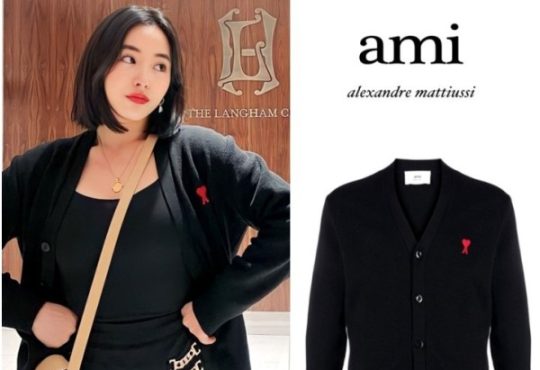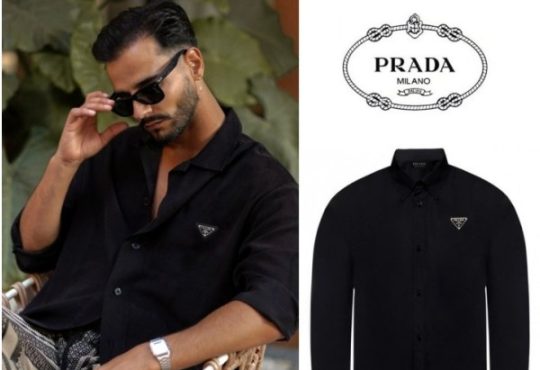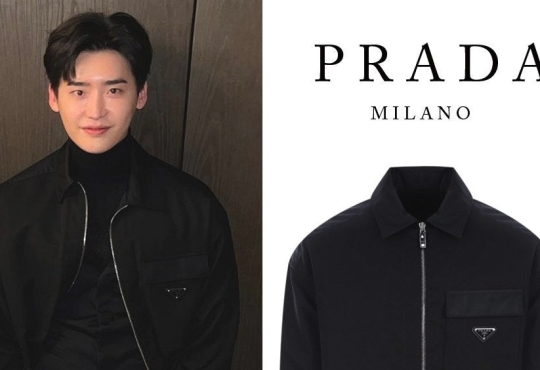
Introduction
The embroidered dress has traversed a remarkable journey. What began as a humble expression of cultural identity in villages and royal courts has evolved into a must-have item gracing international runways. Once reserved for special ceremonies or signifiers of social status, embroidery now occupies a prominent place in contemporary fashion. Designers reinterpret age-old stitches for modern audiences, and the embroidered dress has firmly secured its spot as a wardrobe essential.
In this article, we delve into the history and transformation of the embroidered dress. We trace how ancestral techniques became the cornerstone of haute couture, and how, today, an embroidered dress represents both personal expression and a nod to a storied past. By understanding this evolution, fashion lovers can appreciate why this garment remains beloved across generations.
The Roots of Embroidery as Cultural Expression
Embroidery’s heritage stretches back millennia. Ancient civilizations recognized the power of needle and thread to convey status, spirituality, and cultural stories. In Pakistan, for example, motifs of peacocks and lotuses on garments symbolized prosperity and devotion. In the Middle East, intricate silk threadwork adorned royal robes, serving as a visual language accessible only to the elite.
These embroidery traditions were not merely decorative, they were woven into the social fabric. Regional styles developed unique patterns: Kashmiri shawls became prized for their fine, paisley-inspired embroidery; Central Asian silk textiles showcased bold colors and floral designs; European courts embraced goldwork for ecclesiastical vestments. Each stitch carried intention, whether to protect against evil, signal wealth, or honor a deity.
Trade Routes and Cross-Cultural Influence
By the 18th and 19th centuries, trade routes connected far-flung regions, allowing embroidery techniques to travel across continents. Pakistan and Persian textiles, known for their elaborate threadwork, found their way to European markets. Local tailors and milliners eagerly incorporated these exotic motifs into gowns, jackets, and accessories for the aristocracy.
As a result, what began as regional folk art transformed into an international commodity. European monarchs displayed richly embroidered robes during official ceremonies, while merchants commissioned custom-embroidered fashion from their travels abroad. The exchange of ideas not only diversified design motifs but also inspired artisans to innovate, combining local stitches with foreign patterns to create hybrid styles.
The Industrial Revolution and Machine Embroidery
The advent of the Industrial Revolution presented both opportunities and challenges for the craft of embroidery. In the mid-19th century, machines capable of replicating hand-stitched designs appeared in textile factories. These mechanized processes could rapidly produce embroidered fabrics at a fraction of the cost, making embellished garments accessible beyond the upper classes.
However, machine embroidery lacked the subtle imperfections and depth of color that characterize handwork. While mass-produced embroidered trims and appliqués became popular for everyday apparel, true connoisseurs continued to revere handcrafted pieces. Recognizing this distinction, prestigious fashion houses maintained ateliers dedicated to hand embroidery, ensuring that couture gowns retained their artisanal integrity.
Revival in 20th-Century Couture
The mid-20th century marked a pivotal moment for the embroidered dress. Designers sought to distinguish their creations from the homogenized offerings of mass markets. Christian Dior’s “New Look” collection in 1947 featured evening gowns adorned with intricate, hand-stitched floral motifs. Soon after, designers like Cristóbal Balenciaga and Hubert de Givenchy commissioned teams of artisans to execute elaborate embroidery that elevated their silhouettes to works of art.
These couture collaborations revitalized ancient techniques. For instance, Balenciaga often employed Spanish lace appliqué and white-on-white stitches reminiscent of Chikankari to accent delicate organza dresses. Givenchy’s use of metallic threads and beading drew inspiration from Baroque-era ecclesiastical garments. Each couture piece reinforced the idea that embroidery was not merely decoration but a hallmark of elevated fashion.
Modern Interpretations by Contemporary Designers
As the 21st century dawned, global fashion retailers and independent designers alike embraced embroidery as a way to differentiate collections. Streetwear brands unexpectedly integrated embroidered logos and patches into denim jackets, while luxury houses showcased exaggerated, three-dimensional threadwork on runway gowns.
Contemporary designers also began to interrogate traditional motifs, recontextualizing them to reflect modern narratives. Indigenous patterns found their way onto urban silhouettes, sparking conversations about cultural appreciation versus appropriation. Ethical brands collaborated directly with artisan communities, ensuring that motifs were used respectfully and that profits returned to their cultural origin.
At Athena Apparels, we take inspiration from these innovative approaches. Our design team collaborates with local artisans to create exclusive embroidery patterns that honor heritage while remaining relevant to today’s tastes. A silk cocktail dress might feature abstract floral embroidery inspired by ancient tapestries, or a casual cotton shift could showcase tonal threadwork that hints at geometric shapes popular in modern art.
The Embroidered Dress as a Wardrobe Essential
Why has the embroidered dress endured as a timeless staple? First, its inherent versatility allows it to transcend seasons and occasions. A lightweight linen dress with tonal embroidery feels equally at home at a weekend brunch or a summer wedding. In contrast, a richly beaded, velvet evening gown can command attention at formal galas.
Second, the embroidered dress offers a unique way to express identity. Embroidery conveys stories, of cultural lineage, personal values, or artistic appreciation. For many wearers, the act of choosing an embroidered dress is a conscious decision to embrace craftsmanship and honor the artisans who create it.
Finally, the embroidered dress aligns with contemporary desires for sustainable, slow fashion. Hand-embroidered garments made from high-quality fabrics are designed to last. They resist the wear-and-tear of mass-produced items, becoming cherished wardrobe pieces rather than seasonal throwaways.
How to Incorporate Embroidery into Everyday Style
For those new to embroidered dresses, integration into a wardrobe can feel daunting. Start with understated pieces: a shift dress with tone-on-tone embroidery or a simple midi dress featuring a small embroidered neckline. These subtler options allow you to experiment without feeling overdone.
Pair a casual embroidered dress with neutral accessories, leather sandals, a woven tote, and simple jewelry. This approach highlights the dress’s embroidery without competing for attention. As confidence grows, explore bolder designs: maybe a maxi dress with bright, contrasting threadwork or a tailored sheath dress adorned with metallic accents.
Embroidered dresses also layer well. During cooler months, wear a long-sleeve turtleneck underneath a sleeveless embroidered dress. Or add a fitted blazer atop a lightweight embroidered frock, letting select motifs peek out along the collar and sleeves.
Conclusion
The journey of the embroidered dress, from its roots in regional craft to its place on global runways, underscores its enduring appeal. Each stitch carries history, artistry, and cultural memory. By reimagining ancestral techniques within contemporary silhouettes, designers have ensured that embroidered dresses remain relevant and coveted.At Athena Apparels, we honor this legacy by collaborating with skilled artisans to create pieces that blend tradition with modern design. When you choose an embroidered dress, you’re investing in more than a garment; you’re celebrating a lineage of craftsmanship and style that transcends fleeting trends. Whether you select a breezy, embroidered cotton sundress or an opulent, metallic-thread evening gown, you embrace a piece of fashion history that continues to captivate and inspire.







